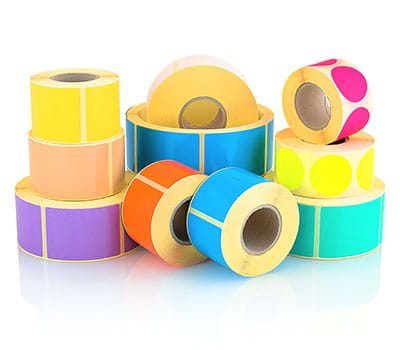BENEFITS OF LABEL STANDARDS
Using a defined barcoding structure dramatically improves speed – whether it’s scan rate in the store front, improving product recalls, reducing inventory shrinkage right through to consumer health compliance – standards benefit not only speed but compliance across multiple industries.
Due to the vastness of standards and information transacted through labelling, non-for profit organisations such as GS1 (Global Standards 1) were established and created a common structure for global distribution and traceability.
QUICK GLANCE OF INDUSTRY STANDARDS
Depending on your industry, various compliance and regulations may be required for your label templates and barcode data.
Here is a quick overview of a few label standards for Australia:
| INDUSTRY |
COMMON LABEL STANDARDS |
| Transport |
Australian Transport Label Guideline
To improve supply chain management and product traceability between consumer, vendors and manufacturers, including SSCC (Serial Shipping Container Code).
|
| Hazardous goods and Chemical manufacturing |
Dangerous Goods Labelling, International Maritime Dangerous Goods and GHS (Global Harmonised Systems) standards - BS5609 for Marine Immersion.
All hazardous goods including chemicals and cleaning agents must have warning pictograms and Safety Document Sheets (SDS) pertaining to the shipment contents displayed. Marine export requires additional Marine immersion certification (GHS standard).
|
| Medicine and pharmaceutical labels |
Therapeutic Goods Administration
Requires all medication or prescribed medicines include key criteria to prevent misuse of poison, including medicines name, batch and expiry date, dose, quantity and form.
|
| Retail (Product Safety) |
Consumer Protection Notice – Care Labels
Textile products including clothing, fabrics, furnishing and leather must have adequate labelling instructions in English including care symbology.
|
| Food and produce |
Country of Origin
Requires all retail sale of food to the public within Australia (including imported products) to have country of origin identified as well as percentage of products either grown or sourced from within Australia.
|
If you are unsure, it is best to ask an expert – take advantage of our barcode gurus and contact us for your free assessment here






